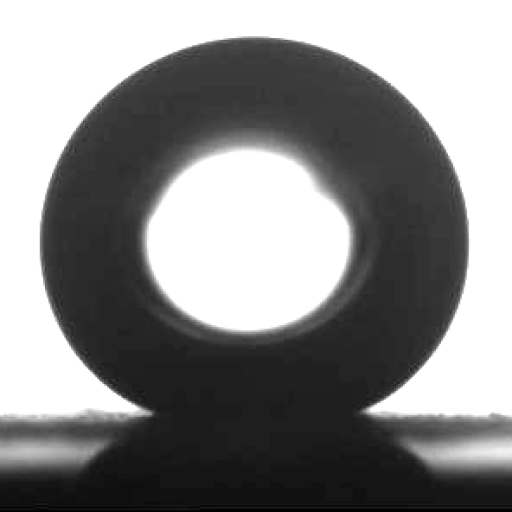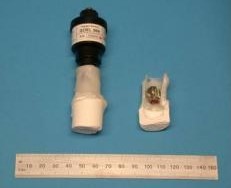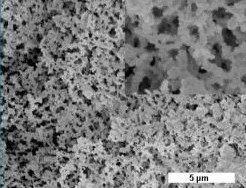Breathing Underwater
What can be simpler than a block of white foam? When the foam has a hydrophobic surface it becomes superhydrophobic and when it is immersed in water it retains a silvery looking layer of air around its surface. This provides a water-air interface across which oxygen can diffuse from the water into the internal cavity of the foam. In nature, this idea is used by some aquatic insects and water spiders to breathe underwater without the need for a gill. This is called plastron respiration.
The image above left shows a superhydrophobic foam with mounted oxygen sensor used to create and investigate a model plastron. By using a zinc-oxide cell inside the foam block to burn up the oxygen, it is possible to show that oxygen is extracted from the water. On the right is a scanning electron microscope image of the pore structure of a methyltriethoxysilane foam; the inset shows a magnified view (x 3).
In the Press
This story caught the attention of the Nottingham Evening Post.


BBC Radio 4’s Material World also ran a segment:
Publications
- Plastron properties of a super-hydrophobic surface N.J. Shirtcliffe, G. McHale, M.I. Newton, C.C. Perry and F.B. Pyatt, Appl. Phys. Lett. 89 (2016) art. 104106
- Immersed superhydrophobic surfaces: Gas exchange, slip and drag reduction properties G. McHale, M.I. Newton and N.J. Shirtcliffe, Soft Matter 6 (2010) 714-719


